



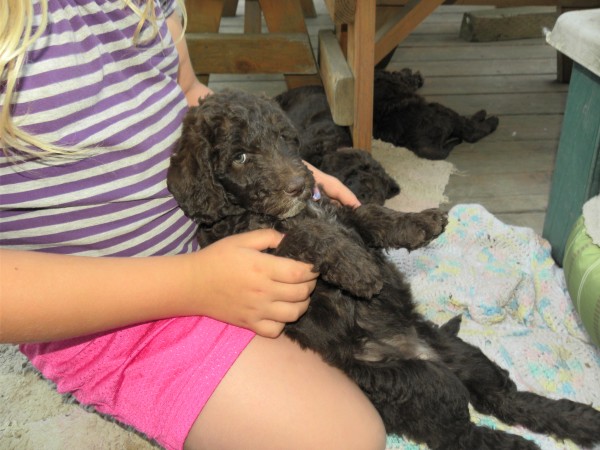
Labradoodle puppy melting into my daughters lap on her back.. she’d pass the restraint test with flying colors!
The Volhard “Puppy Aptitude Test or “PAT” was created by Joachim and Wendy Volhard as a way to test behavioral tendencies and predict what a puppy will be like as an adult also commonly called a “Puppy Temperament Test” or “Puppy Personality Test”. The test is ideally performed on puppies at 49 days old (7 wks).
During the test, various exercises are done with the puppy to determine the following: Social Attraction, Following, Restraint, Elevation Dominance, Retrieving, Touch Sensitivity, Sound Sensitivity, Sight Sensitivity, Stability and Energy Level.
Each test is scored a 1 to 6. The individual tests and scoring results are explained below.
Top Dog Tips: The ideal age to test the puppy is at 49 days of age when the puppy is neurologically complete and it has the brain of an adult dog. With each passing day after the 49th day the responses will be tainted by prior learning.
Different types of Puppy testing have been used by dog breeders and trainers since the 1930’s, and in the early 60’s tests were developed to determine if puppies could be tested for dominance and submission. These tests determined that it was indeed possible to predict future behavioral traits of adult dogs by testing puppies at 49 days of age. Testing before or after that age, effected the accuracy of the test, depending on the time before or after the 49th day.
Dog experts Joachim and Wendy Volhard took these tests and added some of their own, and put together what is now known as the Volhard Puppy Aptitude Test, or PAT. PAT uses a scoring system from 1-6 and consists of ten tests.
The tests are done consecutively and in the order listed. Each test is scored separately, and interpreted on its own merits. The scores are not averaged, and there are no winners or losers. The entire purpose is to select the right puppy for the right home.
During the puppy temperament testing make a note of the heart rate of the pup, which is an indication of how it deals with stress, as well as its energy level. Puppies come with high, medium, low or stressed energy levels. You have to decide for yourself, which suits your lifestyle.
Dogs with high energy levels need a great deal of exercise, and will get into mischief if this energy is not channeled into the right direction.
Here are the ground rules for performing the test:
Top Dog Tips: During the test, watch the puppy’s tail. It will make a difference in the scoring whether the tail is up or down.

The 10 tests are simple to perform and anyone with some common sense can do them. You can, however, elicit the help of someone who has tested puppies before and knows what they are doing.
1. Social attraction – the owner or caretaker of the puppies places it in the test area about four feet from the tester and then leaves the test area. The tester kneels down and will coax the puppy to come to him or her by encouragingly and gently clapping hands and calling. The tester must coax the puppy in the opposite direction from where it entered the test area.
Hint: Lean backward, sitting on your heels instead of leaning forward toward the puppy. Keep your hands close to your body encouraging the puppy to come to you instead of trying to reach for the puppy.
2. Following – the tester stands up and slowly walks away encouraging the puppy to follow. Hint: Make sure the puppy sees you walk away and get the puppy to focus on you by lightly clapping your hands and using verbal encouragement to get the puppy to follow you. Do not lean over the puppy.
3. Restraint – the tester crouches down and gently rolls the puppy on its back and holds it on its back for 30 seconds. Hint: Hold the puppy down without applying too much pressure. The object is not to keep it on its back but to test its response to being placed in that position.
4. Social Dominance – let the puppy stand up or sit and gently stroke it from the head to the back while you crouch beside it. See if it will lick your face, an indication of a forgiving nature. Continue stroking until you see a behavior you can score. Hint: When you crouch next to the puppy avoid leaning or hovering over the puppy. Have the puppy at your side with both of you facing in the same direction.
Top Dog Tips: During testing maintain a positive, upbeat and friendly attitude toward the puppies. Try to get each puppy to interact with you to bring out the best in him or her. Make the test a pleasant experience for the puppy.
5. Elevation Dominance – the tester cradles the puppy with both hands, supporting the puppy under its chest and gently lifts it two feet off the ground and holds it there for 30 seconds.
6. Retrieving – the tester crouches beside the puppy and attracts its attention with a crumpled up piece of paper. When the puppy shows some interest, the tester throws the paper no more than four feet in front of the puppy encouraging it to retrieve the paper.
7. Touch Sensitivity – the tester locates the webbing of one the puppy’s front paws and presses it lightly between his index finger and thumb. The tester gradually increases pressure while counting to ten and stops when the puppy pulls away or shows signs of discomfort.
8. Sound Sensitivity – the puppy is placed in the center of the testing area and an assistant stationed at the perimeter makes a sharp noise, such as banging a metal spoon on the bottom of a metal pan.
9. Sight Sensitivity – the puppy is placed in the center of the testing area. The tester ties a string around a bath towel and jerks it across the floor, two feet away from the puppy.
10. Stability – an umbrella is opened about five feet from the puppy and gently placed on the ground.
Following are the responses you will see and the score assigned to each particular response. You will see some variations and will have to make a judgment on what score to give them
Purpose: Degree of Attraction to people
Method: Place pup in testing area 4 feet
from tester, who coaxes puppy to her/him.
Comes readily, tail up. jumps,
bites at hands ……………………………………………… 1
Comes readily,tail up paws, licks at
hands ……………………………………………………………2
Comes readily, tail up…………………………………… 3
Comes readily, tail down ……………………………….4
Comes hesitantly, tail down ………………………….5
Does not come at all ……………………………………. 6
Purpose: Degree of willingness to follow
human leadership
Method: Stand up and walk away from
puppy, encouraging verbally.
Follows readily, tail up, gets under foot,
bites at feet ………………………………………………….. 1
Follows readily,tail up gets
under foot………………………………………………………2
Follows readily, tail up………………………………….. 3
Follows readily, tail down ……………………………..4
Follows hesitantly, tail down ………………………..5
Does not follow at all ………………………………….. 6
Purpose: Degree of dominance or submission;
response to social/physical dominance
Method: Gently roll pup on its back and
hold it for 30 seconds.
Struggles fiercely, flails,bites ………………………. 1
Struggles fiercely, flails …………………………………2
Settles, struggles, settles with
eye contact ………………………………………………….. 3
Slight struggle, then settles …………………………..4
No struggle, tail tucked …………………………………5
No struggle, strains to avoid
eye contact ………………………………………………….. 6
Purpose: Degree of acceptance of human
social dominance; how “forgiving” the pup is.
Method: Pup sit facing tester at a 45 angle.
Tester strokes pup and puts his/her face close
to the pup
Jumps, paws, bites, growls ………………………….. 1
Jumps, paws, licks …………………………………………2
Cuddles up to tester, tries to
lick face ……………………………………………………….. 3
Sits quietly, accepts petting,
nudges/licks hands ……………………………………….4
Rolls over, no eye contact …………………………….5
Goes away and stays away ………………………….. 6
Purpose: Degree of accepting dominance
while in position of no control.
Method: Cradle the pup under its belly,
fingers interlaced, and elevate just off the ground
for 30 seconds.
Struggle fiercely, bites …………………………………. 1
Struggles ………………………………………………………2
No struggle, relaxed, tail wags ………………………. 3
No struggle, relaxed ………………………………………4
No struggle …………………………………………………..5
No struggle, frozen, tail/rear
legs tense ……………………………………………………. 6
Purpose: Degree of willingness to work for
humans. High correlation between ability to
retrieve and successful guide dogs, and field
trial dogs.
Method: Attract pups attention with crumpled
paper ball. When it is watching, toss paper 4
feet away. When pup goes after it back up 2
feet and encourage it to come back.
Chases object, picks it up and
runs away ……………………………………………………. 1
Chases object stands over it,
does not return………………………………………………2
Chases object, picks it up and
returns it to the tester…………………………………… 3
Chases object, returns without
object to tester ………………………………………………4
Starts to chase, loses interest ………………………..5
Does not chase ……………………………………………. 6
Purpose: Degree of sensitivity to touch.
Method: Take webbing of one front foot and
place between finger and thumb lightly,
gradually increasing pressure on a scale from
1-10. Stop as soon as puppy shows
discomfort.
9-10 counts before response ……………………….. 1
7-8 counts before response …………………………..2
5-6 counts before response………………………….. 3
3-4 counts before response …………………………..4
1-2 counts before response …………………………..5
Does not follow at all ………………………………….. 6
Purpose: Degree of sensitivity to sound.
Method: Place pup in center of testing area
and make a sharp noise a few feet away. A
large metal spoon struck sharply on a metal
pan twice works well.
Locates the sound, walks towards it…………….. 1
Locates sound, barks …………………………………….2
Locates sound, show curiosity,
walks towards it……………………………………………. 3
Locates the sound ………………………………………..4
Cringes, backs off, hides ……………………………….5
Ignores sound, shows no curiosity …………… 6
Purpose: Degree of response to moving
object; chase instinct.
Method: Tie a string around a towel and drag
it in front of the puppy from left to right.
Looks, attacks, bites …………………………………….. 1
Looks, barks, tail up ………………………………………2
Looks curiously, attempts to investigate ……… 3
Looks, does not go forward, tail down …………..4
Runs away, hides …………………………………………..5
Ignores, shows no curiosity……………………….. 6
Purpose: Degree of intelligent response to
strange objects
Method: Place pup in center of testing area.
Closed umbrella is held 4 feet away and
pointed perpendicular to the direction the pup
faces. The umbrella is opened and set down
so the pup can investigate. *
Walks forward, tail up, bites…………………………. 1
Walks forward, tail up, mouths ………………………2
Walks forward, attempts to investigate ……….. 3
Look curiously, stays put ……………………………..4
Goes away, tail down, hides ………………………….5
Ignores, shows no curiosity…………………………. 6
*Note: Puppies frequently startle upon seeing the umbrella open. Score the pup’s response after the umbrella is set down.
Purpose: Degree of physical energy
Method: Observe pup on the other tests
Method: Observe pup on the other tests
and score according to the most frequent activity
observed.
Continually runs, pounces
wiggles, paws ……………………………………….. High
Mostly trots, occasionally runs,
pounces, wiggles……………………………….Medium
Walks slow, sits quietly,
remains in position usually………………………Low
Stands rigidly, eyes roll, tail
down, ears back…………………………………….Stress
Mostly 1’s:
This dog is extremely dominant and has aggressive tendencies. It is quick to bite and is generally considered not good with children or the elderly. When combined with a 1 or 2 in touch sensitivity, will be a difficult dog to train. Not a dog for the in experienced handler; takes a competent trainer to establish leadership.
Mostly 2’s:
This dog is dominant and can be provoked to bite. Responds well to firm, consistent, fair handling in an adult household, and is likely to be a loyal pet once it respects its human leader. Often has bouncy, outgoing temperament: may be too active for elderly, and too dominant for small children.
Mostly 3’s:
This dog accepts human leaders easily. Is best prospect for the average owner, adapts well to new situations and generally good with children and elderly, although it may be inclined to be active. Makes a good obedience prospect and usually has a common sense approach to life.
Mostly 4’s:
This dog is submissive and will adapt to most households. May be slightly less outgoing and active than a dog scoring mostly 3’s. Gets along well with children in general and trains well.
Mostly 5’s:
This dog is extremely submissive and needs special handling to build confidence and bring him out of his shell. Does not adapt well to change and confusion and needs a very regular, environment. Usually safe around children and bites only when severely stressed. Not a good choice for a beginner since it frightens easily, and takes a long time to get used to new experiences.
Mostly 6’s:
This dog is independent. He is not affectionate and may dislike petting and cuddling. It is difficult to establish a relationship with him for working or as a pet. Not recommended for children who may force attention on him; he is not a beginner’s dog.
a) When combined with 1’s (especially in restraint); the independent dog is likely to bite under stress.
b) When combined with 5’s the independent dog is likely to hide from people, or freeze when approached by a stranger.
No clear patterns (several 1’s, 2’s and 5’s):
This dog may not be feeling well. Perhaps just ate or was recently wormed. Wait two days and re-test. If the test still shows wide variations (lots of 1’s and 5’s), it is probably unpredictable and unlikely to be a good pet or obedience dog.
3 in Social Attraction and Social Dominance:
The socially attracted dog is more easily taught to come and is more cuddly and friendly. Its interest in people can be a useful tool in training, despite other scores.
1 in Restraint and 1 in Touch Sensitivity:
The dominant aggressive dog, insensitive to touch, will be a handful to train and extremely difficult for anyone other than an exceptionally competent handler.
5 in Stability:
This is likely to be a “spooky” dog which is never desirable. It requires a great deal of extra work to get a spooky dog adapted to new situations and they generally cannot be depended upon in a crisis.
5 in Touch and Sound Sensitivity:
May also be very “spooky” and needs delicate handling to prevent the dog from becoming frightened.


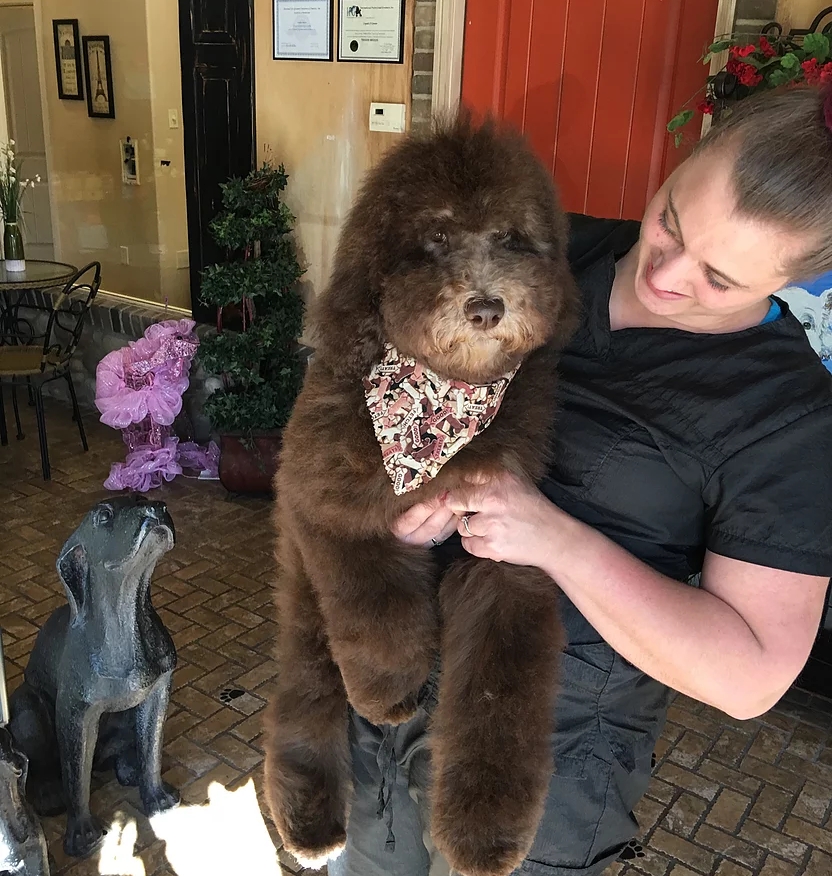 Despite a subsequent flurry of activity by scientists, some weren’t able to predict future temperament from their puppy testing experiments and reluctantly concluded that aptitude testing in puppies does NOT work. This led to derision by some experts on the value of puppy personality assessments in general.
Despite a subsequent flurry of activity by scientists, some weren’t able to predict future temperament from their puppy testing experiments and reluctantly concluded that aptitude testing in puppies does NOT work. This led to derision by some experts on the value of puppy personality assessments in general.
Margaret Young from North Carolina State University, for example, used the well-known Campbell puppy personality test in the early 1980s to assess 327 puppies at 6 to 8 weeks old, which she followed up at 3 years of age. She found the tests to be unreliable, particularly at predicting social attraction or dominance/aggression in adult dogs.
However, a lot of the detractors of testing fail to take into account the role that post-testing, early experiences with humans have on shaping an adult dog’s personality. Innate temperament tendencies discernable in puppies are not set in stone but amenable to positive experiences and susceptible to negative ones. Retesting dogs when they are adults can only be a reliable test of puppy tests if all the dogs experienced the same upbringing in the intervening period – which of course is often not the case (e.g. as in Margaret Young’s work).
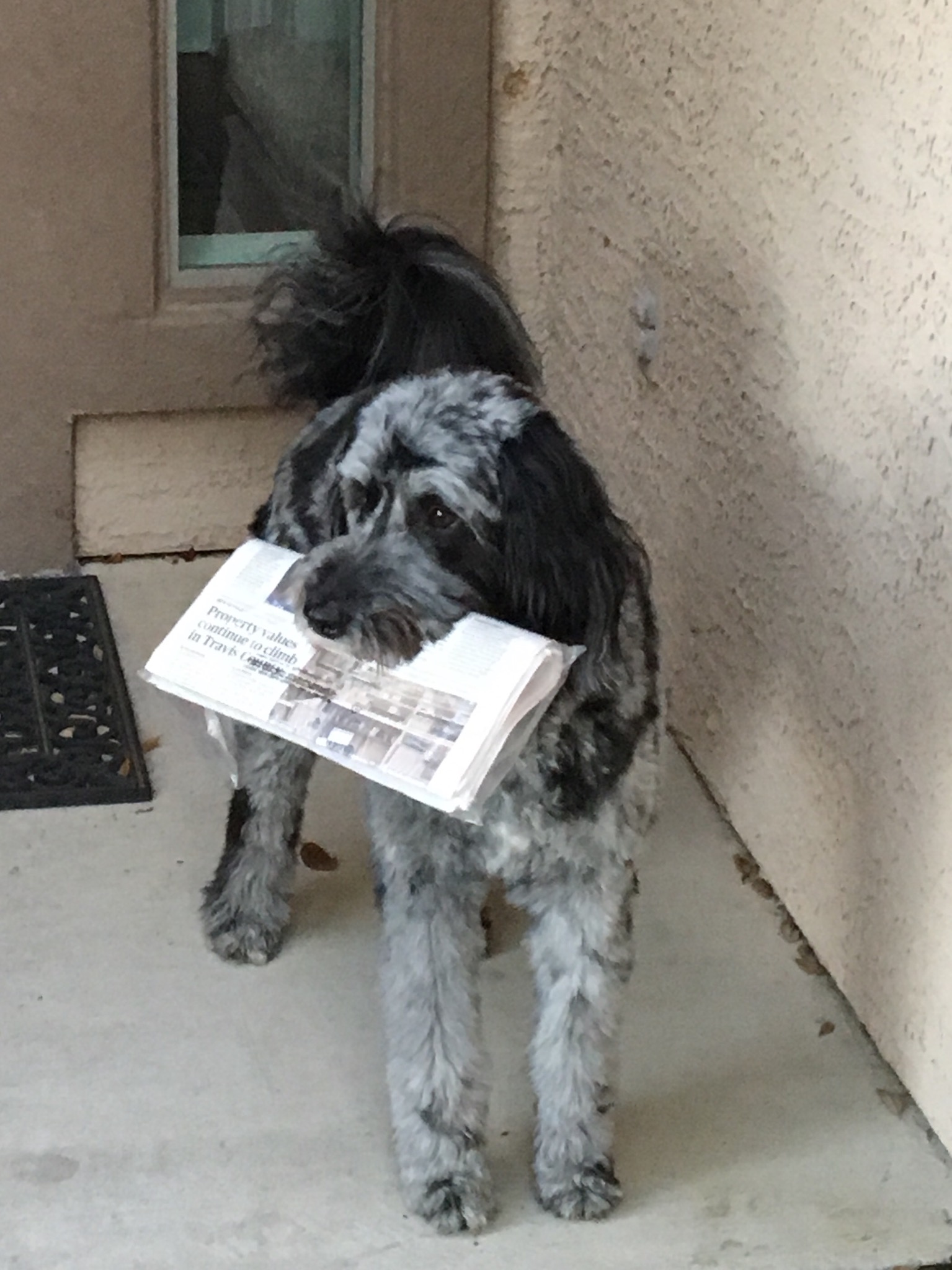 Indeed, Slabbert and Odendaal [2] discovered they could identify individuals with a high chance of becoming successful police dogs using personality assessments at 8 weeks of age.
Indeed, Slabbert and Odendaal [2] discovered they could identify individuals with a high chance of becoming successful police dogs using personality assessments at 8 weeks of age.
Not surprisingly, the dogs tested were of the same breed, raised in a standardised way (designed to enhance their development) effectively “ironing out†their early experiences and confirming predictability of testing at the puppy stage.
In 2010 Malgorzata Goleman conducted puppy aptitude tests on 259 German Shepherd puppies ages from 6 to 9 weeks, and then reassessed 144 of them at 12 months of age. Her results confirmed a strong correlation between the personality of puppies and the temperaments they displayed at maturity.
Again, these dogs had relatively standardised rearing, all bred by professional breeders, with most going on with training for work as adults. She found that puppy tests of innate predispositions to sociability, retrieving, catching and cooperating with people had a statistically strong correlation to their later performance.
Puppies that were more trusting and social at 6 to 9 weeks of age kept this quality as adults. Dogs which, as puppies, showed a tendency towards retrieving kept it to adulthood and were found to be more compliant and cooperative towards training, even if they were not subsequently encouraged to do so by their owners.
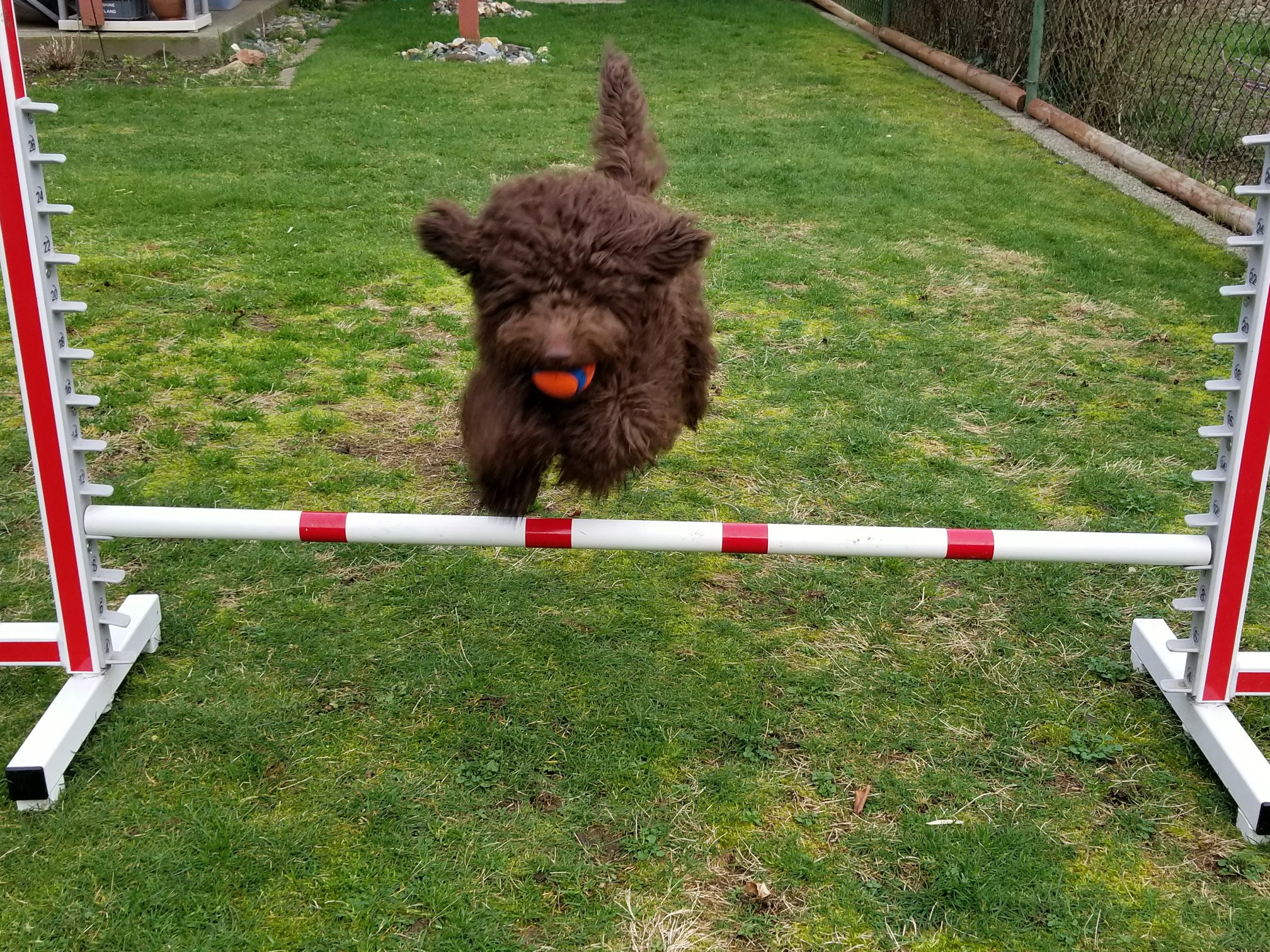 To settle this question once and for all in 2013 Jamie Fratkin [2] reviewed all the testing that had ever been done. He found many examples of success, and suggested that the blanket idea that ‘puppy tests do not work’ needed to be reconsidered:
To settle this question once and for all in 2013 Jamie Fratkin [2] reviewed all the testing that had ever been done. He found many examples of success, and suggested that the blanket idea that ‘puppy tests do not work’ needed to be reconsidered:
One of the core questions facing many working and companion dog organizations is whether ‘puppy tests’ are predictive of later adult behavior.
Our results suggest that puppy personality is moderately consistent, and remains so, throughout the juvenile and into the adult period. This may especially true for particular personality dimensions, such as aggression or submissiveness, which appear to be as consistent as dimensions measured in adult dogs.
 As in adults, puppy personality can be characterized as being both moderately consistent as well as sometimes highly plastic, depending on the personality dimension of interest. While some dimensions of early puppy personality have been shown to be moderately consistent with the dog it will grow to become, the way a dog is treated, particularly while it is still immature, undoubtedly has a powerful impact on shaping its natural psychology.
As in adults, puppy personality can be characterized as being both moderately consistent as well as sometimes highly plastic, depending on the personality dimension of interest. While some dimensions of early puppy personality have been shown to be moderately consistent with the dog it will grow to become, the way a dog is treated, particularly while it is still immature, undoubtedly has a powerful impact on shaping its natural psychology.
The first 12 weeks of a dog’s life are the most critically formative stages and early socialization is incredibly important.
Veterinarian Bruce Fogle, in his excellent book“ The Dog’s Mind – Understanding Your Dogs Behaviorâ€, summed it up this way:
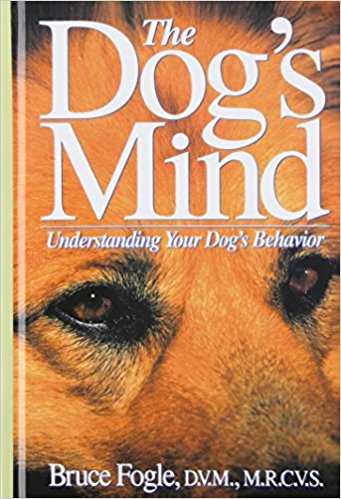 “How a dog behaves at any given time in his life is a result of a constant and fluid interplay between his genetic potential and his environment.
“How a dog behaves at any given time in his life is a result of a constant and fluid interplay between his genetic potential and his environment.
This is the time when a dog’s character is formed and the building blocks for his future behaviour are laid down. What he experiences now will affect the dog for the rest of its life.â€
This is particularly true during puppyhood when the early development of the dog’s mind is taking place.
All this points to the importance of using puppy testing as just one step in the journey to find the perfect dog, in a continuum that takes all other crucial factors into full consideration: its breed, its breeder, its litter, its personality, and how its potential as a companion is nurtured by the owner in the crucial weeks and months after taking their fluffy bundle home.
And while inherited temperament tendencies certainly play a part in the way a puppy performs in personality tests, such tests are also a measure of how well socialized the puppy has been by the breeder.

This video is of two of our 5 week old Mini Aussiedoodle puppies getting a belly rub on their backs. These puppies come from our mini parents “Mya and Georgie”. My brother-in-law Carlos, took this video and you can clearly see how well they’ve been socialized and handled early but they’ve also inherited their amazing temperaments from their parents as well.
Based on this video alone I would say they both scored a 3 or 4 for the “Restraint” part of the test which is exactly what we wanna see.

As a dog breeder myself who has done a lot of research and also raised a lot of puppies, I personally believe puppy aptitude testing can be insightful into the temperament of a puppy, I still know puppies can and do change a lot depending on their life experiences so I do not believe testing scores done at 7 wks are a hard set rule of things to come… but they can help. How you raise and train your puppy and how much you socialize them (or don’t socialize them) is gonna play a bigger role in how your puppy turns out as an adult. You can use the test scores to work on issues that they didn’t do so well on and encourage traits in them that they did do well on.
But unfortunately, we still don’t have a crystal ball.
READ FULL ARTICLE: Do Puppy Personality Tests Work? by DogBreedingInformation.com
Early Socialization IS KEY when raising any puppy and temperament is hereditary in dogs, so meeting the puppies parents can also give you some insight into your puppies future. But it is up to you and the work you put into socializing your puppy those first couple month home especially that will make all the difference!

In Defence of Dogs: Why Dogs Need Our Understanding by John Bradshaw![]()
Dog Sense: How the New Science of Dog Behavior Can Make You A Better Friend to Your Pet 
How to Behave So Your Dog Behaves by Dr. Sophia Yin
The Dogs Mind The Dogs Mind – Understanding Your Dogs Behavior by Dr Bruce Fogle on Amazon
MORE BEST SELLERS ON AMAZON – BOOKS ON DOGS BEHAVIOR AND DOG TRAINING
[2] Fratkin JL, Sinn DL, Patall EA, Gosling SD (2013) Personality Consistency in Dogs: A Meta-Analysis.
CHECK OUT OUR WHELPING SUPPLIES AND DOG BREEDER RESOURCES PAGE AND MORE OF OUR POSTS FOR DOG BREEDERS